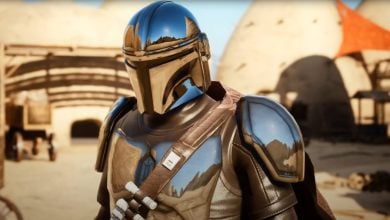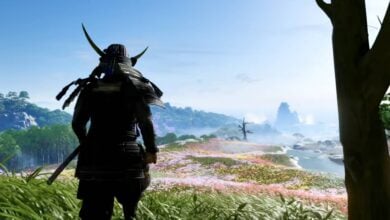Story Highlights
- The long-running video game franchise of The Legend of Zelda is one of gaming’s most prized IPs as a whole. The latest title in the series is The Legend of Zelda: Tears of the Kingdom.
- For a series this monumental, The Legend of Zelda has gone on to influence and inspire dozens of different IPs piece by piece if not wholly.
- It’s public knowledge that even the highly popular Dark Souls bundle of hellish games has drawn inspiration to a certain extent from the Zelda franchise.
- But at the end of the day, The Legend of Zelda too has been influenced by something special in the first place.
- That, along with four other amazing facts that you have to be in the know of if you’re a major Zelda fan, including its timeline debate, Link’s inspiration, and more.
There is a handful of video game IPs out there that boast the same level of popularity and success as the mega-hit The Legend of Zelda. Tracing its first titular release to 1986 — nearly four decades ago — this is Nintendo’s long-running flagship franchise that encompasses over 45 pertinent games, including remakes, re-releases, mainline entries, collections, and spin-offs.
Even for Zelda, it’s safe to say that Nintendo started somewhere with what would go on to be a genre-defining series of specialized action-adventure games. Quite honestly, it’s hard to imagine what the industry would be today if not for the added expanse and the overall mastery of The Legend of Zelda games around.
As you may have assumed from the headline, our exclusive video will go over 5 amazing facts about the Zelda franchise that you shouldn’t miss out on. Some of the forthcoming details offer a deep dive into how Nintendo has come around to crafting such a monumental IP across the board that has stayed relevant for years on end and still does so.

Top 5 The Legend Of Zelda Facts That You Should Know
From the very inspiration of The Legend of Zelda’s existence in the first place to what Link’s character was actually influenced by, here are 5 astonishing facts about this iconic action-adventure series of games that you should not sleep on.
1. The Inspiration Of The Legend Of Zelda
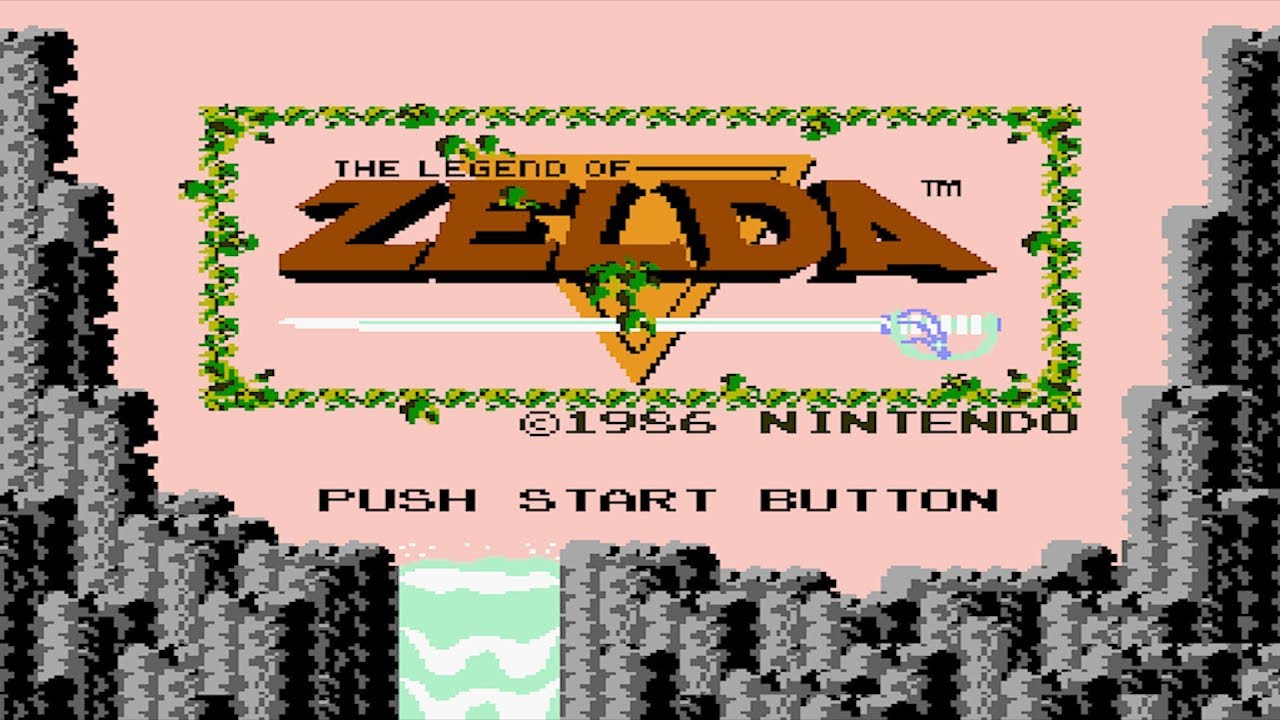
As evolved and long-running The Legend of Zelda franchise truly is, it’s no less than a fact that this series started somewhere too. Usually, one would have to think long and hard — and I mean really, really hard — to generate an idea that would go on to make you universally successful, but lucky for Shigeru Miyamoto, the creator of The Legend of Zelda as we know it, he didn’t have to dig too deep.
Sitting down in an interview back in 2015, the well-renowned Zelda creator, along with many other noteworthy works of Nintendo, including Mario, was asked whether the story revolving around his childhood inspirations that allowed him to invent games in that capacity is true. To this, Miyamoto replied with the following, citing the type of time spent in his youth as the influence behind the creation of Zelda.
When I was younger, I grew up in the countryside of Japan. And what that meant was I spent a lot of my time playing in the rice paddies and exploring the hillsides and having fun outdoors. When I got into the upper elementary school ages — that was when I really got into hiking and mountain climbing. There’s a place near Kobe where there’s a mountain, and you climb the mountain, and there’s a big lake near the top of it. We had gone on this hiking trip and climbed up the mountain, and I was so amazed — it was the first time I had ever experienced hiking up this mountain and seeing this big lake at the top. And I drew on that inspiration when we were working on the Legend of Zelda game and we were creating this grand outdoor adventure where you go through these narrowed confined spaces and come upon this great lake. And so it was around that time that I really began to start drawing on my experiences as a child and bringing that into game development.”
And the rest is history. Miyamoto’s childhood experiences paved the way for the development and release of the first The Legend of Zelda game released in 1986, proving to be a seminal video game that would go on to impress and inspire so many. The man went around hiking quite a few often, making novel discoveries on his own and relishing in his accomplishments afterward.
2. You Won’t Find The Eponymous Princess Zelda In Every Game
For a game that’s literally called “The Legend of Zelda,” it’s obvious to assume that the Hyrulean princess would be part of every pertinent game, or at least be right beside the protagonist as he goes out and about. Did you know that this isn’t really the case with 3 whole The Legend of Zelda games? Let’s take a deeper look into each game and explain why that is so.
The Legend of Zelda: Link’s Awakening
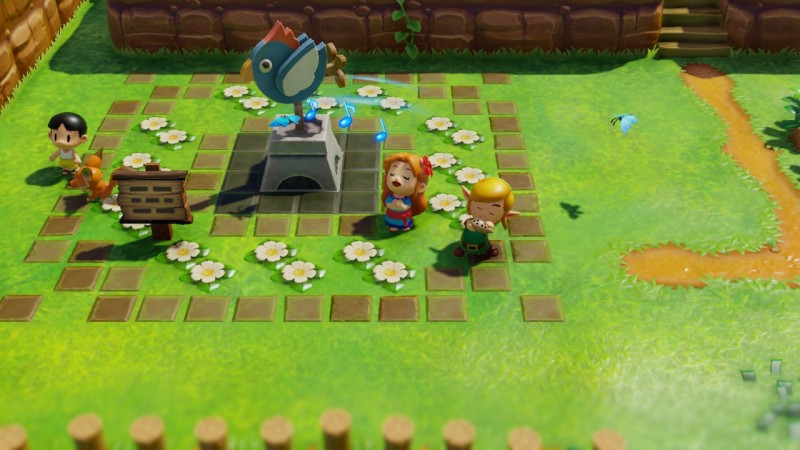
The first game not to feature the titular Zelda in a particular game of the series is The Legend of Zelda: Link’s Awakening. The plotline of the title revolves around our protagonist Link washing ashore on an initially unknown island following a shipwreck. Instead of princess Zelda accompanying Link, the hero is joined by another deuteragonist called Marin.
As far as Zelda is concerned, there’s only a brief mention of her in Link’s Awakening and nothing past that. Long story short, Link realizes that the island he crash-landed on is a dreamworld, created by an entity called Wind Fish. At the end of the game, Link manages to break the delusion, and free the Wind Fish from its slumber, thereby making the mysterious island disappear just like that.
The Legend of Zelda: Majora’s Mask
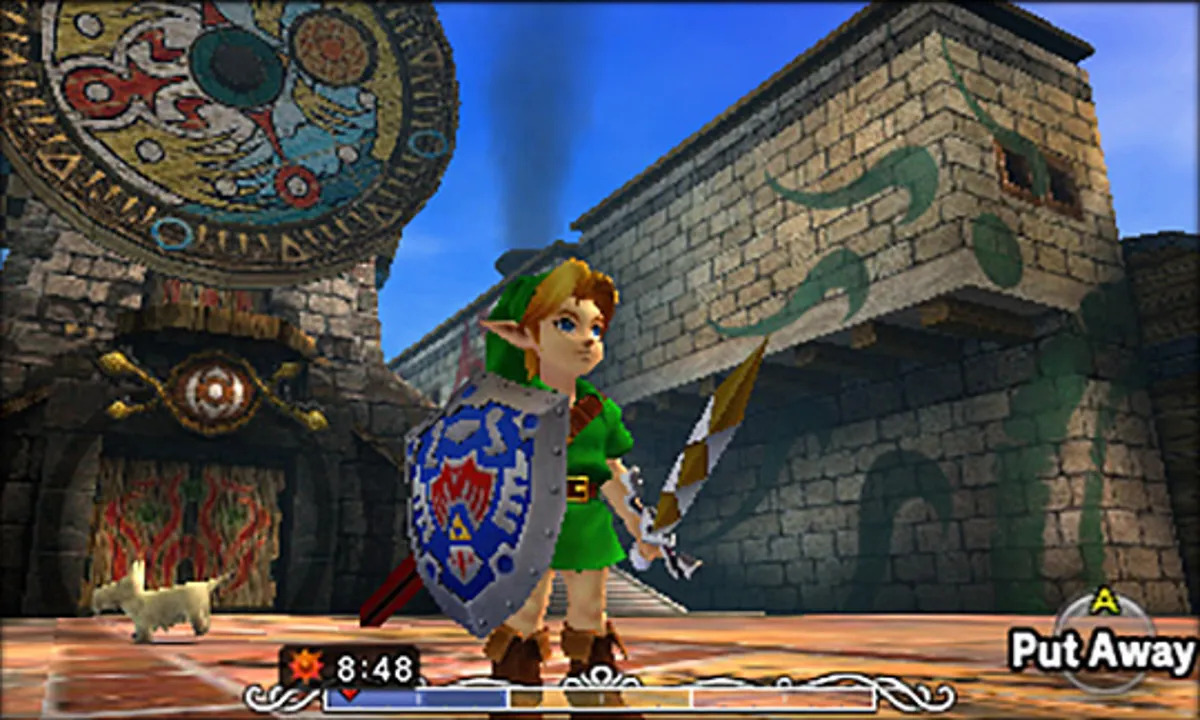
Majora’s Mask, back in the day, was recognized as the second The Legend of Zelda title to harness the power of 3-dimensional visuals, so you know how it had gathered a fair bit of hype prior to its release. The game sees the Hyrulean princess appearing in the form of a flashback only, although serving the crucial purpose of endowing the Ocarina of Time upon Link. After that, Zelda does not make an appearance.
Majora’s Mask was released in 2000 for the Nintendo 64 and made a killing in terms of sales when it was outed. In 2000, the game sold crazy figures and eventually became one of the top-selling games of 2000. What appealed to fans and critics the most was the involvement of the Song of Time mechanic, which made it possible to go through Majora’s Mask campaign with a predictable three-day cycle.
The Legend of Zelda: Tri Force Heroes
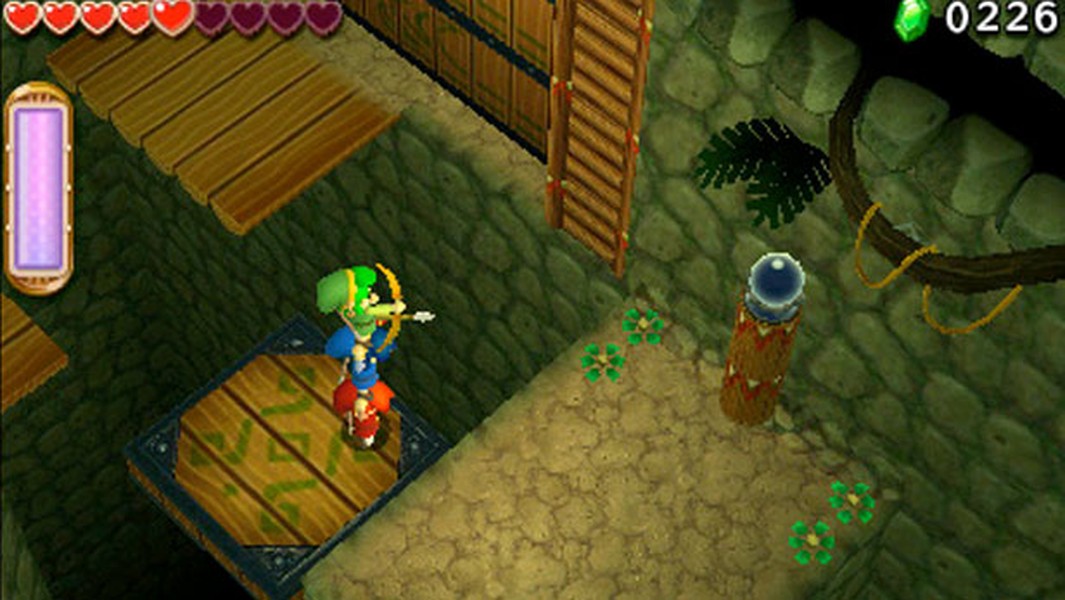
At last, we’ve got The Legend of Zelda: Tri Force Heroes—a Nintendo 3DS game that traces its release back to 2015. Forget princess Zelda, you won’t even see the Hyrule kingdom in this game. Tri Force Heroes sees Link traveling to another land called Hytopia, where he’s tasked to save this kingdom’s princess, known as Styla. Upon Link’s arrival, the diva in question appears to be in fashion-centric turmoil.
The game’s antagonist “The Lady” curses Styla to wear a brown jumpsuit, thereby instilling chaos in the entire kingdom somehow. The king of Hytopia fetches for Link, asking him to rescue his daughter for good. Instead of Zelda, it’s Styla whom we deal with in Tri Force Heroes. It’s a coop-focused game where three players are meant to play together.
3. The Timeline Conundrum Of The Legend Of Zelda Games
All right, this is a fairly confusing one. The Legend of Zelda franchise will mess things up as far as its event timeline is concerned. As iterated earlier, this is a series that encompasses more than 45 games, and none of them follow a linear timeline that folks can easily get behind. The fact of the matter is, The Legend of Zelda: Breath of the Wild pretty much turned everything up a notch substantially for Nintendo.
Not only was it a commercial success, selling tremendously well for the company, but it managed to attract an audience base bigger than ever before, all thanks to the novel gameplay mechanics it employs across the board. Breath of the Wild gives players the freedom to explore the in-game world however they wish to, thereby offering a gameplay experience that’s unrivaled by many in the action-adventure genre.
Now, as so many people jumped into Breath of the Wild, it’s perfectly normal that they’d want to explore the rest of the offerings of The Legend of Zelda series. After all, defeating Ganondorf and retrieving Zelda is one thing, wanting to explore Link a little deeper is another. So, as players fended off to experience other great Zelda games, namely The Wind Waker, Skyward Sword, A Link Between Worlds, and others, they were confused to find out that things don’t quite match up here as they do in Breath of the Wild.
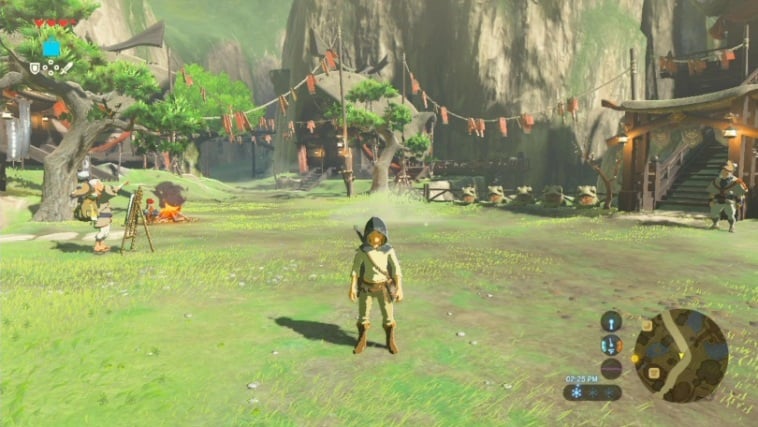
The reason for this is both simple and complicated. The Legend of Zelda sports three different timelines, and if you’ve played Ocarina of Time, then you already know that’s where this time-hopping chaos actually spurted from. The title in question folds the events of the Zelda series and creates three different branches from there on. Take it this way—each branch has its own series of The Legend of Zelda games.
The first branch creates a timeline called the Fallen Hero Timeline, and it’s where the bad guy Ganondorf actually wins. The evil behemoth manages to collect fragments of the Triforce, cut down the Hero of Time, and grow to full power before the protagonist and the Seven Sages curse him to the Dark World. The Child Timeline, on the other hand, is where things proceed positively.
Link manages to best the villain Ganondorf here, and even makes his way back in time to alert the Royal Family about the impending threat, thereby leading the antagonist straight to his demise. Finally, there’s the Adult Timeline, featuring a different course of events where Link gets back into time following the events of Ocarina of Time. In this timeline branch, the power of the Triforce rests with Zelda.
In case you’re more of a visual learner, consider checking out the following video for a more in-depth explanation, but the latter is the gist of it. As for Breath of the Wild and Tears of the Kingdom, the events of the titles are far beyond the ones featured in any of the previous renditions. With these games, the devs intend to have the player enjoy the series to its core without having to worry about the canon.

4. The Inspiration Behind Link And What Created Him
Moving forward, you might be wondering where exactly does Link take his influence from? Before we start picking at the matter, you’re free to take your guesses now. Got anything in mind? No? Well, the resemblance is uncanny. Expanding on the scenario in another interview, you got the series’ creator putting his finger on Peter Pan—a fictional character belonging to a fantastical place called Neverland.
Shigeru Miyamoto has said that when he finally ended up putting together the fundamentals of the character he wished to spearhead The Legend of Zelda, he stumbled upon Peter Pan, a character who was already rising in the ranks of popularity at that time. The French-translated text for Miyamoto is as follows, though don’t mind the hiccups here and there.
At the time, as you know, the NES was very limited, and we were only allowed three different colors. And yet, we wanted a recognizable character. What I wanted above all was for him to use either his sword or his shield, and for it to be visible. So we made him big weapons so that they would be recognizable on screen. We then had to create a hero who could be distinguished from these weapons, despite his small size. We then thought of a long hat and big ears. This reminded us of a fairy character, so we headed in the direction of an elf. At the time, who said character with pointy ears also said Peter Pan, and as I really like Disney, we started to take inspiration from it. Not completely obviously, otherwise it wouldn’t have been great. From there, I told myself that Peter Pan’s green suited him perfectly. But since we were limited to three colors, and there were a lot of forest environments in the game, green on green, it suited pretty well, so we pursued that path.”
5. The Legend Of Zelda Was Planned To Be A Sci-Fi Series Initially
This one points toward a “what could’ve been” scenario. The fact that numerous iterations in The Legend of Zelda franchise feature time travel events, where Link either goes back in past or right to the future, isn’t something that popped up out of the blue. In actuality, the whole series could’ve been sci-fi, sporting more of such mechanics, rather than being fantasy-oriented.
Miyamoto clarifies in the same aforementioned interview, although focusing on the first The Legend of Zelda game here. The creator expresses that at one time, the Triforce was thought to have been made out of electronic chips, thereby influencing the first game in the series to feature seamless time travel between the past and the present. This is the reason the protagonist is called Link as well, as he would serve as a bridge between two time frames.
It’s an anecdote that isn’t very well known, but at the time, when we started designing The Legend of Zelda, we imagined that the fragments of the Triforce would in fact be electronic chips! It was to be a video game that took place in both the past and the future. As the hero made the link between one and the other, he was called “Link.” But in the end Link never went to the future and it remained a heroic fantasy game. We can even say that there was absolutely nothing futuristic about it! (laughs).
The Rundown – The Legend Of Zelda Remains An Icon
All things considered, The Legend of Zelda remains an epic video game franchise to date and comprises many great experiences to look forward to presumably following Tears of the Kingdom. The titles spanning the iconic series are loaded to the brim with secrets, easter eggs, and places to explore, all of which turn out to deliver beyond expectations in the grand scheme of things.
On the same side, the action-adventure narrative-rich single-player series’ creation holds quite the information to be war of, such as how The Legend of Zelda’s creator poured his own childhood experiences into the game we know and play today. As the video above has gone over the top 5 The Legend of Zelda facts that most people are unaware of, make sure to comment down below and tell us if we missed any.
Thanks! Do share your feedback with us. ⚡
How can we make this post better? Your help would be appreciated. ✍

